Yaks are large, long haired cattle, usually with medium length horns. There are two different species of yak – the domestic yak (Bos grunniens), and wild yak (Bos mutus). There are about 12 million domestic yaks in the world, but only 10,000 to 15,000 wild yaks. Read on to learn about the yak.
Description of the Yak
Yaks are robust cattle with a bulky frame, short but thick legs, and rounded cloven hooves that are splayed to help them walk in snow. Their most distinctive feature is an extremely dense, shaggy long coat that, in some individuals, hangs down to the ground. Wild yaks are generally dark, blackish to brown in color, whereas domestic yaks are more variable in color, and may have patches of cream and rusty brown, sometimes making them piebald.
Yaks have relatively small ears, and a broad forehead. Both males and females have horns; in males, the horns sweep out from the sides of the head, and then curve forward, whereas the horns of females are smaller and more upright in shape. The tail is long and similar to a horse’s tail, rather than the tail of cattle or bison, which are tufted. Both sexes have a distinctive hump over their shoulders.
Interesting Facts About the Yak
Because they live at such a high altitude, many of the adaptations of yaks are related to them keeping warm. They have also been domesticated for thousands of years, so humans use them for a wide variety of purposes.
- Habitat – Yaks live at the highest altitude of all mammals
- Dung – Yak droppings are used as fuel, and are often the only fuel available on the high Tibetan Plateau, which has no trees
- Low heat tolerance – Yaks are well adapted to the cold, but begin to suffer from heat exhaustion above about 60° F (15° C)
- Warm coat – Yak’s coats have 2 layers – an outer layer of waterproof, long hair, and an inner layer of very dense, shorter hair that traps warm air
- Vocalizations – Domestic yaks do not “moo” – they only grunt. This gives them their Latin name “Bos grunniens” which translates as “grunting ox”
Habitat of the Yak
Wild yaks live in alpine meadows and steppes in Asia. They can live at altitudes of up to 18,000 ft (5,400 m), and can easily tolerate temperatures of -40° F (-40° C).
Distribution of the Yak
Yaks are primarily found throughout the Himalaya region of southern Central Asia, the Tibetan Plateau, and as far north as Russia and Mongolia.
Diet of the Yak
Yaks are herbivores. Their diet consists mainly of grasses, herbs, wild flowers, mosses, tubers, and lichens.
Yak and Human Interaction
Yaks are kept primarily for their meat, milk, fiber, and as beasts of burden (transporting goods or pulling plows for local farmers and traders, and climbing and trekking expeditions). Their droppings are also used as fuel. In some cultures, yak racing and yak polo are forms of sport and entertainment.
Wild yaks are threatened by over-hunting, habitat loss, and hybridization with domestic yaks.
Domestication
Yaks have been kept and domesticated by humans for thousands of years.
Does the Yak Make a Good Pet
Yaks are considered to be very gentle animals. Domestic yaks are considered livestock and, although they live in close association with humans, they are rarely kept as pets.
Yak Care
Yaks are cattle and, as such, their care requirements are very similar to those of other domestic cattle.
Behavior of the Yak
Yaks are gregarious animals, and sometimes form herds of up to 200 animals, although most herds are much smaller, at about 10 – 20 individuals. These herds often only comprise the females and their young, though adult males may sometimes travel with the herd. Most often, however, the males are solitary, or form small bachelor herds. When the conditions are cold, for example at night and in snowstorms, yaks protect themselves from the cold by huddling together, and positioning the calves in the center, where it is warmer. When there is snow on the ground, yaks use their horns to uncover the plants below.
Reproduction of the Yak
Prior to mating there is a period, called the “rut,” when the males become highly competitive with each other. They might interact with each other in non-aggressive ways, such as displays, scraping the ground with their horns, and bellowing; or this might escalate into full aggression, with the males charging at each other repeatedly with lowered heads.
Yaks typically mate between July and September. Pregnancy (gestation) lasts between 257 and 270 days (about 8 1/2 months), and the female usually gives birth to a single calf, which can walk within 10 minutes of being born. They are weaned at about one year of age. Females are usually able to produce calves every other year from three years of age, though neither males nor females do not reach full size until they are 6 – 8 years old.

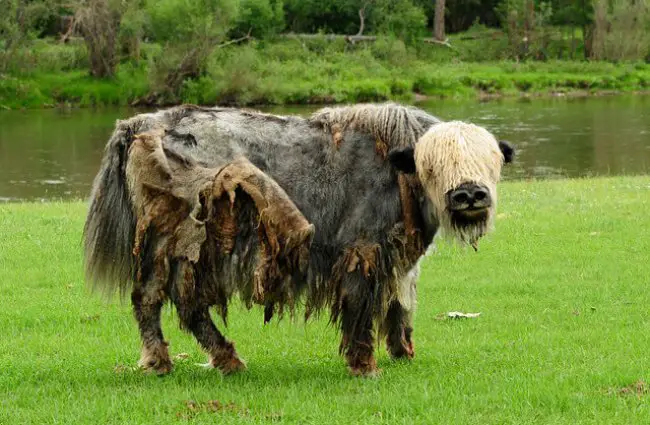
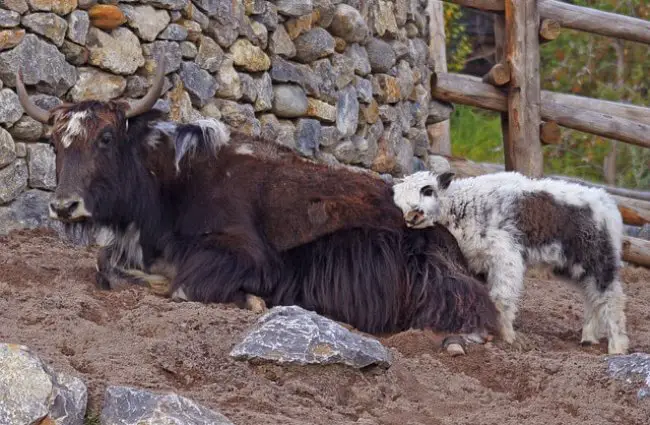

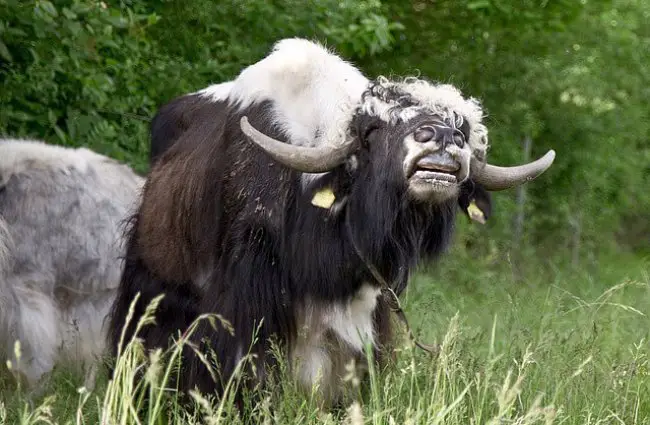
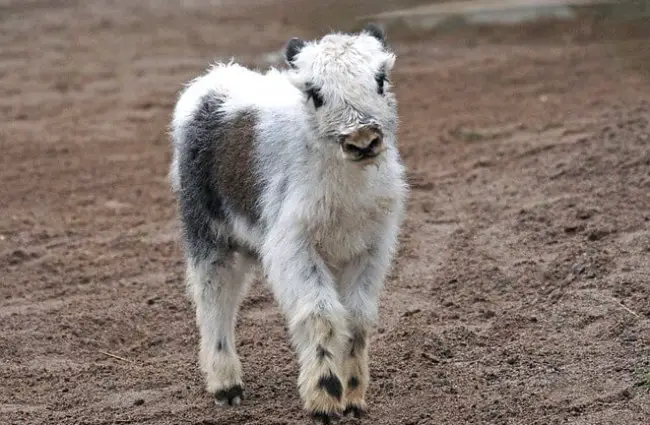
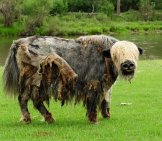
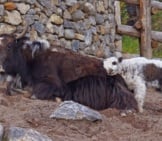

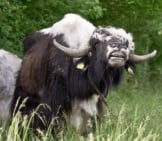

![Red Angus Closeup of a beautiful Red Angus cowPhoto by: U.S. Department of Agriculture [pubic domain]https://creativecommons.org/licenses/by/2.0/](https://animals.net/wp-content/uploads/2020/03/Red-Angus-4-238x178.jpg)












![Red Angus Closeup of a beautiful Red Angus cowPhoto by: U.S. Department of Agriculture [pubic domain]https://creativecommons.org/licenses/by/2.0/](https://animals.net/wp-content/uploads/2020/03/Red-Angus-4-100x75.jpg)

